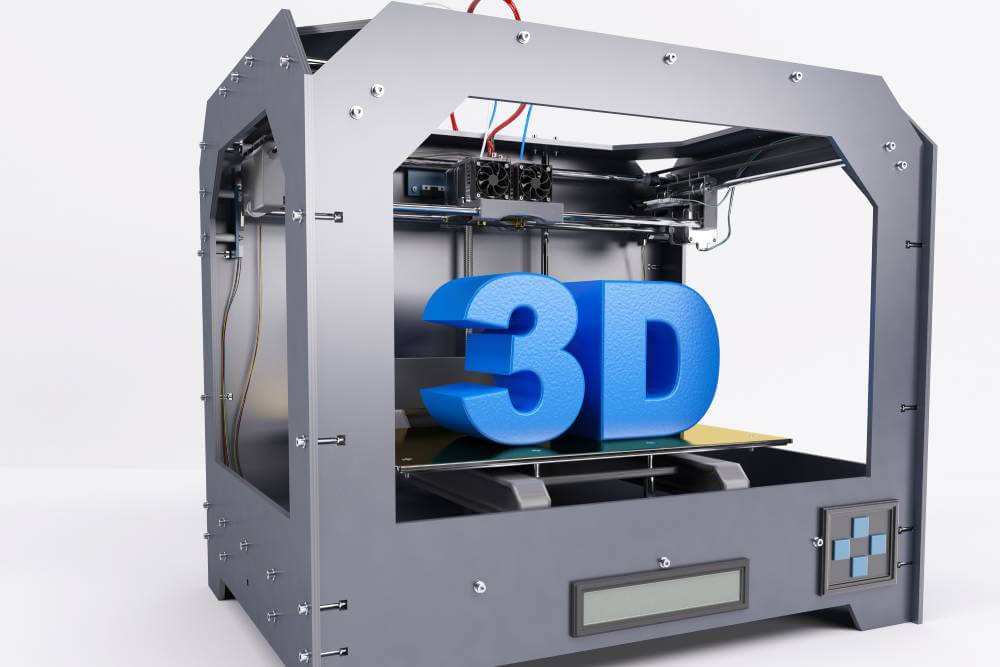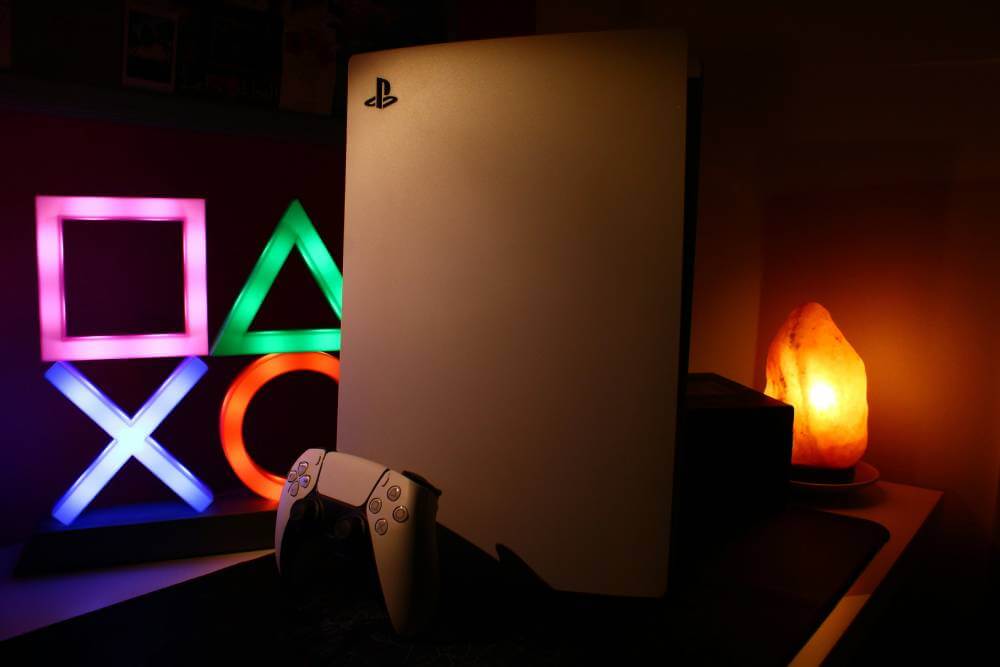Sony is encouraging developers to get their games ready over the summer and is pushing ray tracing. The PS5 Pro’s performance, unique games, and exclusive games make it stand out from the competition. Those games alone make the console more appealing.
Plus, the PS5 Pro has smoother frame rates and can perform 120 fps modes with compatible TVs. Thus, it offers better visuals and smoother gameplay in modes that use higher frame rates.
PS5 Pro Incoming: Devs Get Ready for Better Gaming

Thinking of upgrading to the PS5 Pro? The good news is that the new console is fully compatible with all existing PS5 accessories, including the PlayStation VR2, PlayStation Portal, and DualSense Edge. The UI and network services are the same, so the transition to the PS5 Pro is seamless. Plus, several popular games will get free software updates to take full advantage of the PS5 Pro’s new features. Games like Alan Wake 2, Assassin’s Creed: Shadows, and Demon’s Souls will showcase the new console’s capabilities with better graphics and performance.
Sony is about to launch a more powerful PS5, the PS5 Pro, possibly by the end of the year. This new console will give gamers a better gaming experience with better graphics and performance. Developers are already being asked to get their games ready for this next-gen console, with a focus on ray tracing.
PS5 Pro Specifications
The PS5 Pro is codenamed Trinity. It has more hardware upgrades, a better GPU, and a slightly faster CPU. This will allow the console to achieve higher resolutions and frame rates and render games with ray tracing on. Sony is encouraging devs to use ray tracing more with the PS5 Pro. Games that make significant improvements will get a “Trinity Enhanced” badge.
Design and Dimensions
The PS5 Pro has the same design language as the PS5 Slim but is slightly smaller. 15.2 x 3.5 x 8.5 inches (388 x 89 x 216 mm) and 6.8 pounds (3.1 kg). It will fit in your existing setup. One design change is the multiple black stripes in the middle of the console. Existing PS5 console covers won’t work with the PS5 Pro. The front and back ports are the same as the current PS5, so your existing accessories will work fine.
Performance
Internal documents say the PS5 Pro’s GPU will be 45% faster than the standard PS5. The GPU will be bigger and have faster system memory. The new ray tracing architecture will be 3x faster than the standard PS5, giving you better visuals and more immersive gameplay.
Price and Value
The PS5 Pro will be priced at $699.99 USD, £699.99 GBP, €799.99 EUR, and ¥119,980 JPY (tax included). Yes, it’s a big investment, but the PS5 Pro has a lot of features that justify the cost. With its better ray tracing, PlayStation Spectral Super Resolution (PSSR), and powerful processor, the PS5 Pro will give you the next-gen gaming experience. If you’re a serious gamer looking to upgrade or want to experience the latest console tech, the PS5 Pro is a good and worthwhile option.
Compatible with Standard PS5
Sony has confirmed they will still sell the standard PS5 after the PS5 Pro launches. So gamers who don’t want to upgrade right away can still play a big library of games. Other games that will get graphical updates or take advantage of the PS5 Pro’s features are Alan Wake 2, Assassin’s Creed: Shadows, and Hogwarts Legacy. Developers will create a single package that will support both PS5 and PS5 Pro, so existing games will get patches to work better on the new hardware.
Dev Preparation and Expectations
Developers can now order test kits for the PS5 Pro, and Sony is stressing compatibility. All games submitted for certification from August onwards must be PS5 Pro compatible. This is a big deal for developers as Sony is being proactive about the transition so games can take full advantage of the new hardware when the PS5 Pro launches.
Release and Market Impact
Insider Gaming was the first to reveal the full specs of the PS5 Pro, so the console is expected to launch this holiday season in 2024. As we wait for its release, the PS5 Pro will change the console gaming landscape. Better graphics, performance, and ray tracing will change the game for developers and players.
Sony’s PS5 Pro: CPU Features and Ray Tracing Performance Adjustments
As Sony fine-tunes the PS5 Pro, improvements aren’t just coming to the GPU but also the CPU. While the CPU architecture is the same as the standard PS5, it will have a new mode that boosts clock speed.
New CPU Mode for Performance
According to internal documents given to devs, the PS5 Pro will have a new high CPU frequency mode that targets 3.85GHz. That’s 10% more than the standard PS5, which is 3.5GHz. Devs will have two modes to choose from:
Standard Mode: 3.5GHz maximum, power budget dependent. In this mode, if power-hungry operations occur, the CPU will run at lower frequencies.
High CPU Frequency Mode: This mode gives more power to the CPU, so it runs at 3.85GHz. However, the GPU is downclocked by 1.5%. According to Sony, this is a 1% overall GPU performance decrease when using this mode.
Power Allocation and Performance Management
Power allocation between the CPU and GPU is key to performance in different gaming scenarios. In standard mode, if the CPU is below its max frequency, the excess power is given to the GPU so it can boost graphical performance when needed. This dynamic power management ensures both components can work efficiently under different workloads.
In high CPU frequency mode, CPU performance is prioritized over GPU performance. This allows devs to tune their games for specific performance needs and have options for more processing power without sacrificing graphical fidelity entirely.
Game Development

This dual CPU mode gives devs more options to optimize their games for the PS5 Pro. By choosing between standard and high CPU frequency modes, they can hit specific performance targets and have a smoother gaming experience while still getting the GPU boost.
Dev Notes
As devs start to prepare for the PS5 Pro’s launch, the ability to switch CPU modes will allow for more game design nuance. The new hardware will also improve remote play features so handheld gaming on the PS5 will be more seamless. Devs can focus on gameplay features like AI and physics while still having great graphics. This will lead to new gameplay experiences that will push the boundaries of console gaming.
Console Features
The PS5 Pro is designed to be the ultimate gaming experience with its many features. Ray tracing and PlayStation Spectral Super Resolution (PSSR) bring games to life with amazing visuals. Wi-Fi 7 is available in regions where it is available, and VRR and 8K gaming are available to have the latest technology. 2TB SSD, so fast loading times and seamless gameplay for current and future games.
System Memory and GPU Upgrade for PS5 Pro
As Sony prepares to launch the PS5 Pro, some changes will be made to system memory. These are to give developers more power and efficiency so they can create more complex gaming experiences.
Increased Memory Bandwidth
One of the biggest changes in the PS5 Pro is the memory bandwidth. The standard PS5 is 448GB/s, but the PS5 Pro will be 28% more expensive at 576GB/s. Sony says the memory system in the PS5 Pro will be more efficient, so the bandwidth gain will be more than 28%. This means devs can add more complex and resource-hungry features without a performance hit.
Dev Benefits
Faster data transfer between CPU and memory is crucial for high-quality graphics and complex game logic. This is especially good for demanding games that need real-time processing. So, developers can expect smoother frame rates, shorter load times, and an overall better gaming experience.
More Memory
In addition to the increased bandwidth, the PS5 Pro will have 13.7GB of system memory (up from 12.5GB on the standard PS5) and 1.2GB of that is dedicated to games. This extra memory allocation can have a big impact on game performance, especially for games that rely heavily on memory for asset loading and processing.
PlayStation Spectral Super Resolution (PSSR)
One key use of this extra memory is for PlayStation Spectral Super Resolution (PSSR), Sony’s upscaling solution. PSSR competes with Nvidia’s DLSS and AMD’s FSR to improve frame rates and image quality. With the PS5 Pro’s custom ML architecture that can do 300TOPS of 8-bit computation, devs can use PSSR to improve visuals without a performance hit.
Upscaling and Latency
PSSR will replace temporal anti-aliasing or upscaling in games. Like DLSS and FSR, it requires around 250MB of memory, so the extra memory on the PS5 Pro is a big plus. Sony says the latency to upscale a 1080p image to 4K is around 2ms and plans to support 8K in the future. These upscaling improvements will improve the gaming experience with sharper visuals and smoother gameplay.
Anticipated Launch and Game Library

As devs start to optimize their games for the PS5 Pro, we expect a holiday 2024 release. Two games, Dirt 5 and Devil May Cry 5, are examples of games that will benefit from the performance boost on the PS5 Pro since they already have graphics modes. Sony’s approach is the same as that of the PS4, which had a “Slim” and then a “Pro” version. We expect a library of existing games to be enhanced for the PS5 Pro and new first-party games to arrive over time that will fully utilize the improved ray tracing and other new features.
The extra system memory, bandwidth, and upscaling support make the PS5 Pro a serious player in the console market. With a focus on game performance and visuals, Sony is setting the stage for a new generation of gaming experiences that will impress players and developers.








